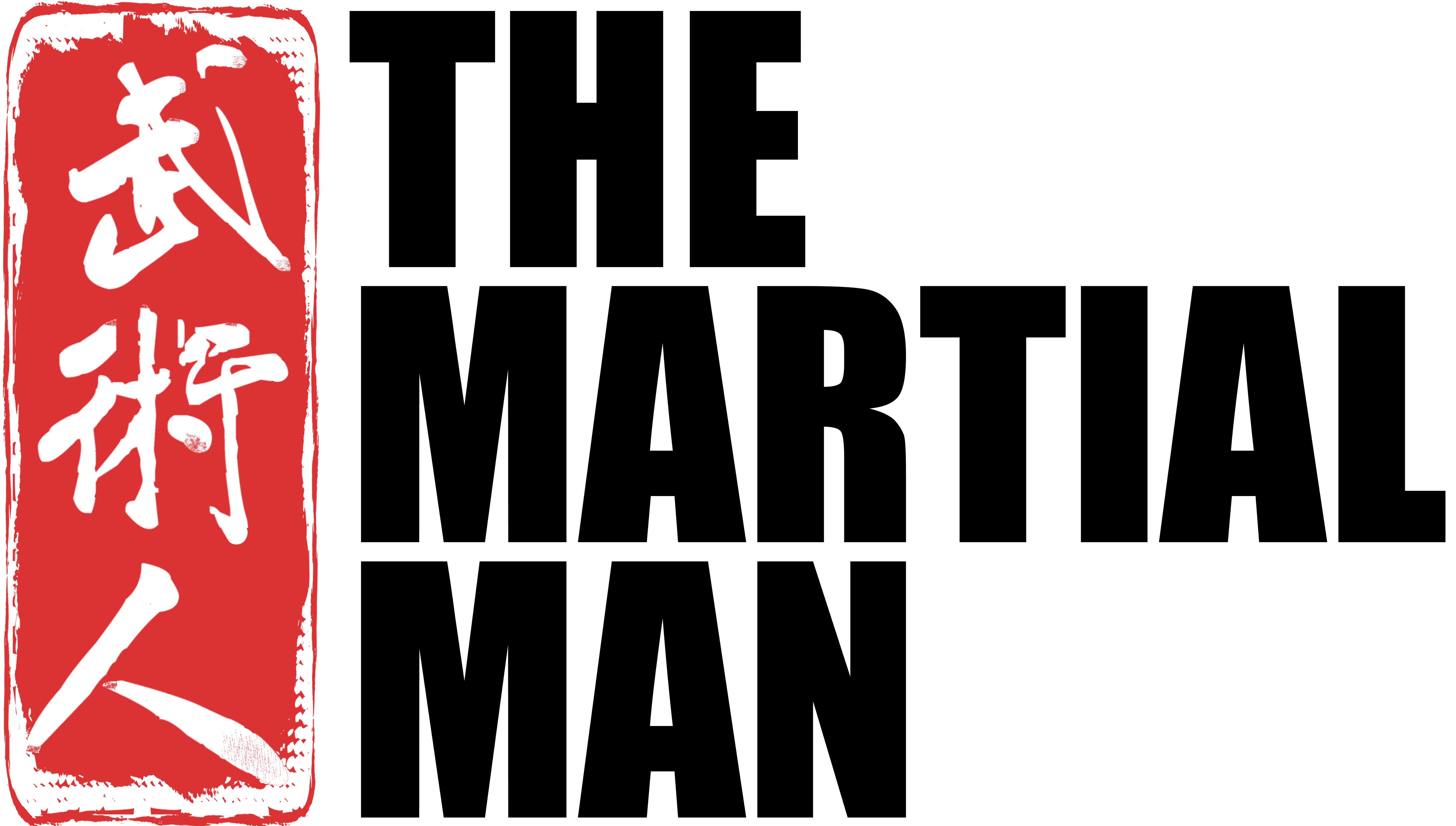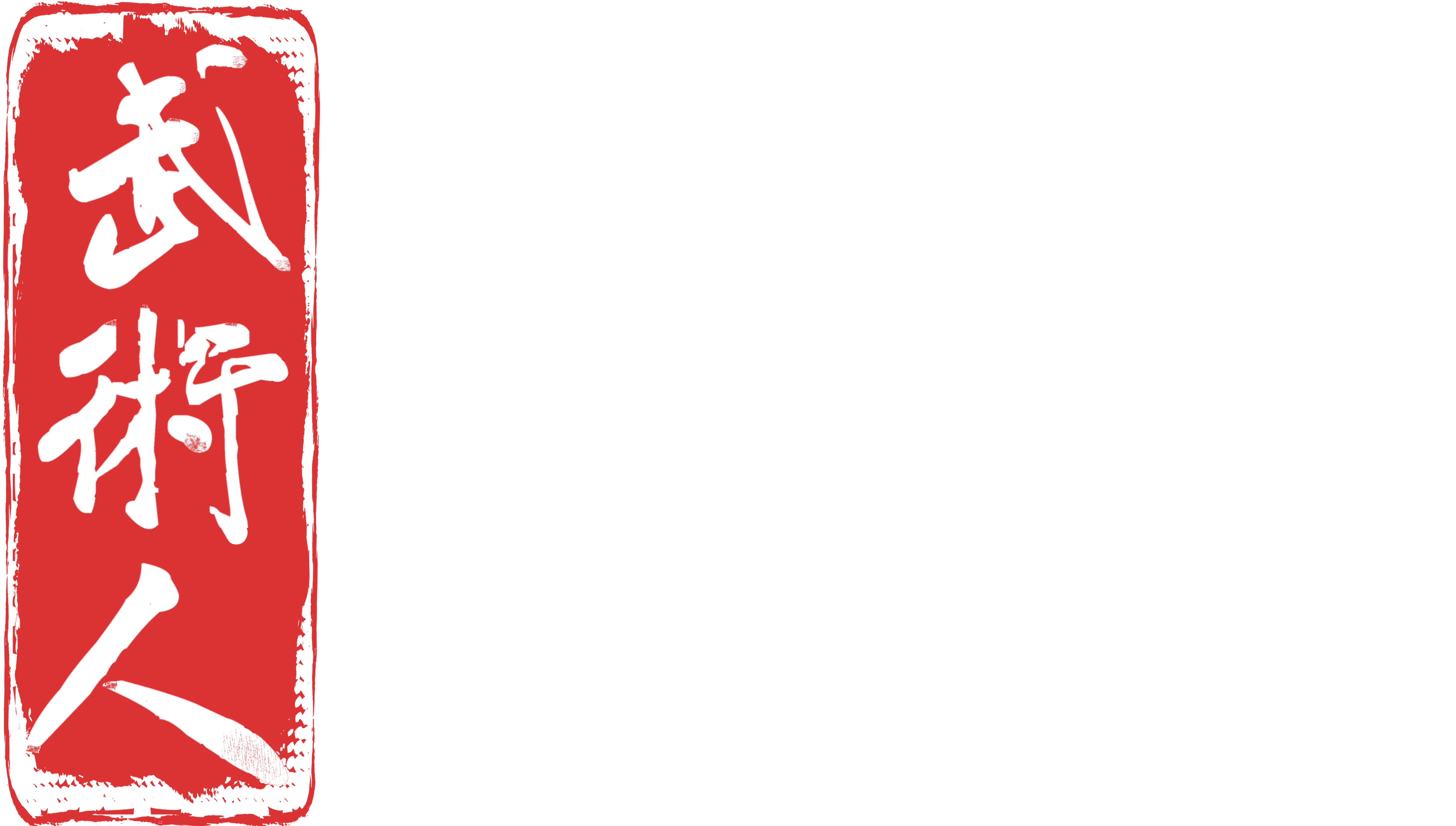4. Following the correct method – My Journey EP4
In this episode, I follow on from the topic of last week’s video, sharing my views on why it is so important to follow the correct training methods to guarantee success in your chosen martial art. Suppose you are unclear about both the advantages and the dangers of mixing different methods from various teachers and diverse martial arts systems. In that case, this discussion offers clear insight and clears up the misconceptions.
Responses
You must be logged in to post a comment.


When the Martial Man show first came out I was still looking to know everything(even though that is impossible). My personal understanding was that each system required it’s own foundation training to create a body that could then perform their “high” skills. Like building bricks each layer requires a solid previous layer to eventually lead you to where a student performs these high skills. My first Sifu was an actual master in 5 completely different Chinese MAs and no one student of his had any hope of learning them all w/o being obsessive and starting at age 9. I was the Kungfu nerd wanting all the high skills and Sifu liked me and would be very open in sharing the various paths to his methods so while others would gain skill in Hung Gar, Li Family fist, Northern 5 animals etc, I spent years working on only foundation skills from various traditions to give me the shortest path gaining high skills normally unattainable due to divergent paths. Each style has it’s own body and mind to be cultivated and truly the mind/mentality is what allows one to switch the body to allow for these different skills to generate. The Martial man series really helped expand and improve my understanding. A couple year ago I came to the conclusion that if I wanted my martial life to be complete that I would need to learn in it’s entirety one choice system or I wasn’t going to have any true lineage or direct path to teach. Part of why I got into kungfu as a teen was because it’s living history that is rare and needs to be preserved by those who will keep it’s content and spirit uncorrupted by the current and future times. When I saw Yap Boh Heong show us Wu Mei I knew I wanted to be his disciple(not religious just dedicated student) and was even ready to sign up to start the first form teachings when covid hit. Since Taiji had been my focus over the last decade and really liking what I was seeing from Sifu Liang Dehua as to his skills and his teaching method I decided to commit to learning his complete system. The insight your show and this Library has brought me has been invaluable in helping me define my path so I may continue on my Martial Journey.
Where is this impressive place at 07:50? Is that a temple?
PS: You should not show such well trained arms in public, like on this photo, if you publish videos at the same time to the topic “Is Building Muscle Counterproductive…” 😉
Yes, the photo was taken recently at a Buddhist temple in Chiang Mai Thailand. Actually, I haven’t lifted weights or done any weight training for years. The Nei Gong and Gong Li exercises I’m training helps develop a unique type of strength, but it doesn’t build muscle mass like external training (lifting weights). My arms are certainly not “well trained” 😉
This is a recent photo? Hmm… to me you look much more muscular than on the video. Then it must be the pose on the photo that distorts my perception. But it was just a joke anyway and should not distract even more from the content of the video 🙂
Yes, it’s recent, and was taken just a few days before I filmed this video. Maybe it’s just the posture or the lighting that’s flattering and making me look muscular ????
Regardless of what my “current lesson” status is in the library, I tend to go back and review lessons that I felt were significant, so I was drawn back to this particular lesson to review your skillful handling of your “pushing hands” partner at 5:05 into the clip. Obviously your “song” ability has advanced by leaps and bounds… but, I was wondering if you would be so kind as to elaborate in more detail on your method of uprooting your opponent here?… Is this “Fang Jin” used in the same manner as described as “drawing the bow” by Master Yap Boh Heong?… It would be VERY helpful indeed if you could explain the differences between “Fang Jing” and “Fa Jing” (as you perceive them)… and, if those differences could be addressed in greater detail in future clips it would be VERY much appreciated (especially the A-B-C’s of how to accomplish each – as in the clip with Master Yap Boh Heong)… THANKS MUCH for your ongoing work, Kieren – it’s all GOOD STUFF!
Hi Buddy, thank you again for your kind words and feedback. As I’m sure you already know, describing the process in written words can be challenging, so I think it would be most beneficial for me to make a dedicated video describing the differences between Fang Jin and Fa Jin.
As for the clip you referenced, I’m using a combination of things, including Song Jin and Fang Jin, to uproot, control, and send out my training partner. I will also try to expand on these topics and discuss them in future videos.
Regards, Kieren.
Valuable tips and explanation. Thank you.
Thank you for your thoughts. Certainly very wise words.
@martial man in your opinion, is it counter productive to learn taichi and yan shou gong together because they have different method?
Hi, no, I don’t think it’s counterproductive. As long as you keep your training in the two arts separate, it shouldn’t be a problem. For example, my teacher studied Tai Chi, Xinyi, and Bagua simultaneously with great success.